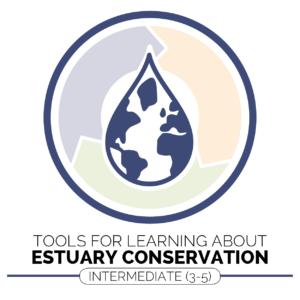Created by: Rich Wiles & Aaron Hart
Just as classroom teachers have a responsibility to promote physical activity and advocate for physical education programs, physical educators must also infuse STEM subject areas into our outcomes-based instructional schedule. OPEN’s Next Gen Connections Modules are designed to incorporate STEM concepts using the Next Generation Science Standards to guide our planning and instruction. www.nextgenscience.org
This module provides students with an introduction to estuary science and conservation while reinforcing movement concepts and developing muscular endurance in the core and upper body.
For more information about estuary conservation efforts, please visit the Chesapeake Bay Foundation’s Website: www.cbf.org
Estuary Module Documents
Estuary Conservation Full Module:
Module Overview:
Required Materials:
All Module Activities:
Sample Lesson Plan:
Academic Language Cards:
Scooter Safety Cards:
Restoration Task Cards:
Estuary Exit Slips:
Performance Rubric:
Teacher Self-Evaluation & Reflection:
Estuary Activity Plans
Estuary Exploration:
Protecting the Estuary:
Chesapeake Bay Restoration:
Can’t see the file links? Register for FREE today to access all of the modules. SIGN UP HERE
SHAPE America National Standards and Outcomes Focus
- SHAPE America Standard 1 [E11.3-5]: Combines locomotor skills and movement concepts (levels, shapes, extensions, pathways, force, time, flow) (3); Combines locomotors and movement concepts (levels, shapes, extensions, pathways, force, time, flow) (4); Combines locomotor skills and movement concepts (5).
Next Generation Science Standards
- Biodiversity and Humans Standard 3-LS4.D: Populations live in a variety of habitats and change in those habitats affects the organisms living there.
- Natural Resources Standard 4-ESS3.A: Energy and fuels that humans use are derived from natural sources, and their use affects the environment in multiple ways. Some resources are renewable over time, and others are not.
- Human Impacts on Earth Systems Standard 5-ESS3.C: Human activities in agriculture, industry, and everyday life have had major effects on the land, vegetation, streams, ocean, air, and even outer space. But individuals and communities are doing things to help protect Earth’s resources and environments.


